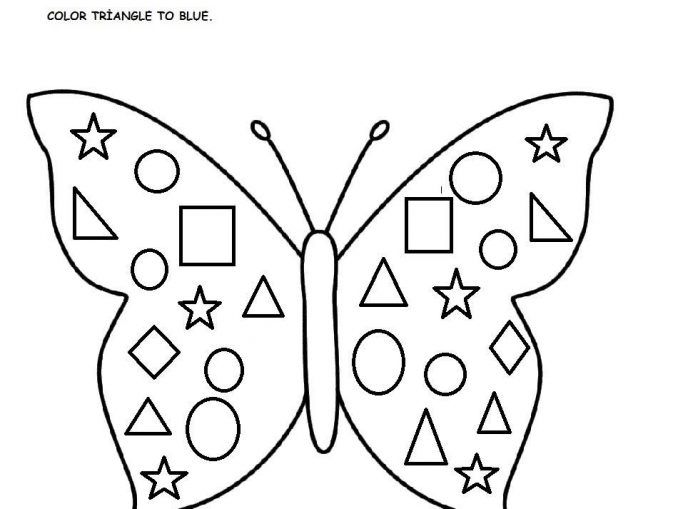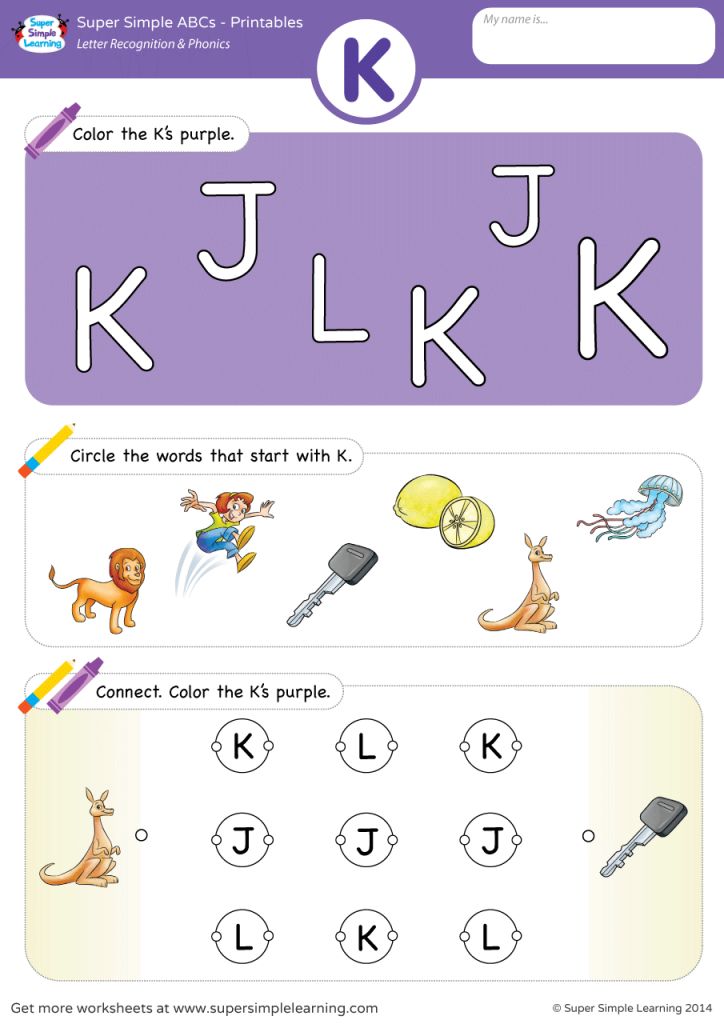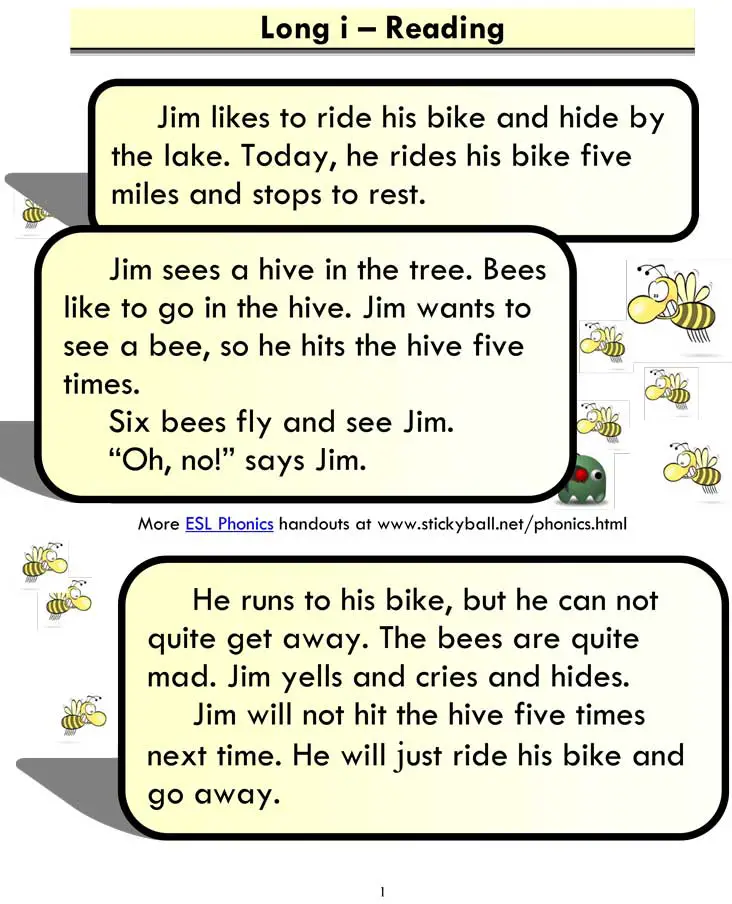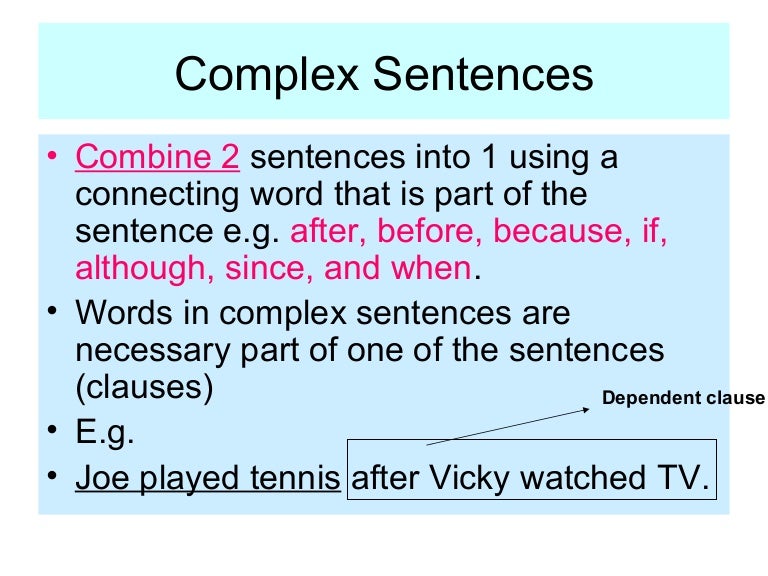Pattern song for preschoolers
Encourage Your Child To Read
Skip to content- View Larger Image
Patterns come in many forms at the preschool level, but preschoolers don’t always notice the repeating elements. Pattern lessons help young learners focus on details. An understanding of patterns builds a math foundation that enables students to recognize number patterns and find repeating elements. Here are some ways to teach your preschooler about patterns:
Patterns In The Classroom
When teaching patterns, intentionally incorporate them into the classroom. Your preschool calendar is an easy place to start. Write the numbers for the calendar on cutouts to make a pattern. You might alternate stars, hearts and circles, for example. As you add the number to the calendar each day, build the pattern with the shapes.
You can also add patterning through decorations you hang on the wall, the way you arrange furniture and carpet squares on the floor.
Building Patterns
Preschoolers get a hands-on lesson on patterning when they create their own. Cut out shapes from construction paper to create the parts of the patterns. Start with a simple A-B pattern. An example is alternating squares and circles or alternating two different colors of squares. The preschoolers arrange the paper cutouts to create the repeating pattern. Add complexity to the pattern, such as making an A-A-B-B or A-B-B pattern. When preschoolers gain competency, let them come up with their own patterns.
Pattern Search
A pattern search around the school or neighborhood encourages preschoolers to notice the repeating parts. In the classroom, students might have patterns on their clothes, either with repeating shapes or colors. Other potential patterns include tiles on the floor, spindles on a stair railing or game boards.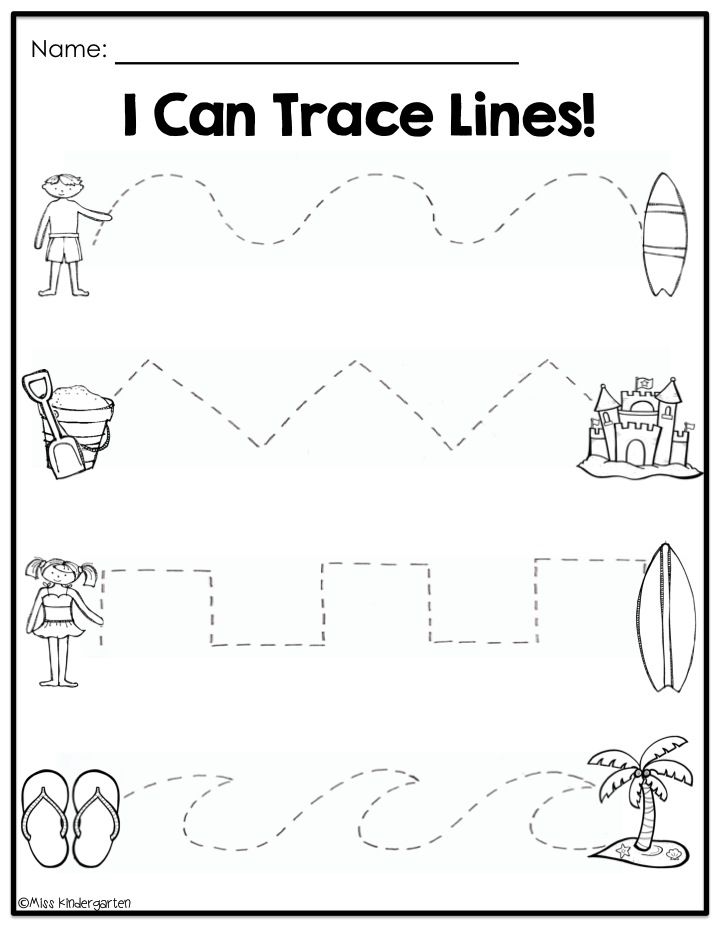 Head outdoors for additional pattern spotting, such as colors on the playground equipment, fence posts, shrubs in the landscaping or ridges on tires. As the preschoolers look at the patterns, have them choose one of the patterns they see and draw it. A child might draw the stripes on a classmate’s shirt, for example. Let each child share his picture and describe the pattern he found.
Head outdoors for additional pattern spotting, such as colors on the playground equipment, fence posts, shrubs in the landscaping or ridges on tires. As the preschoolers look at the patterns, have them choose one of the patterns they see and draw it. A child might draw the stripes on a classmate’s shirt, for example. Let each child share his picture and describe the pattern he found.
Other Types of Patterns
Patterns don’t have to be visual. Sound patterns give preschoolers an alternative way to recognize repeating elements. Musical instruments give preschoolers a chance to create their own sound patterns. A group of kids might alternate between hitting a drum, shaking a tambourine and blowing a whistle. Or create a sound pattern and have the kids repeat. Kids’ songs often have patterns in the form of repeated musical notes or lyrics. Play a song and have the preschoolers identify the parts of the song that repeat to create a sound pattern. The same idea works for movements. Repeat actions to create a pattern. You might have the kids hop, clap, hop, clap, hop and clap to create a movement pattern, or teach the kids a dance with a few dance moves that continue repeating throughout a song.
Repeat actions to create a pattern. You might have the kids hop, clap, hop, clap, hop and clap to create a movement pattern, or teach the kids a dance with a few dance moves that continue repeating throughout a song.
At Precious Memories Preschool of Sandy Hollow PreSchool of Sandy Hollow, we offer a special place for children to not only grow and develop along the way, but a place for them to CELEBRATE each and every step. If you are interested in enrolling your child in our program please fill out the form on this page or call us at 860.572.9958
Page load linkGo to Top
10 Counting Songs to Teach Your Kids
- Share
Counting songs are a fun way to teach your children to count forwards and backwards and can help build their developing number concept and early maths skills.
In this article I’ll share some fun rote counting rhymes to 10, for preschoolers and toddlers.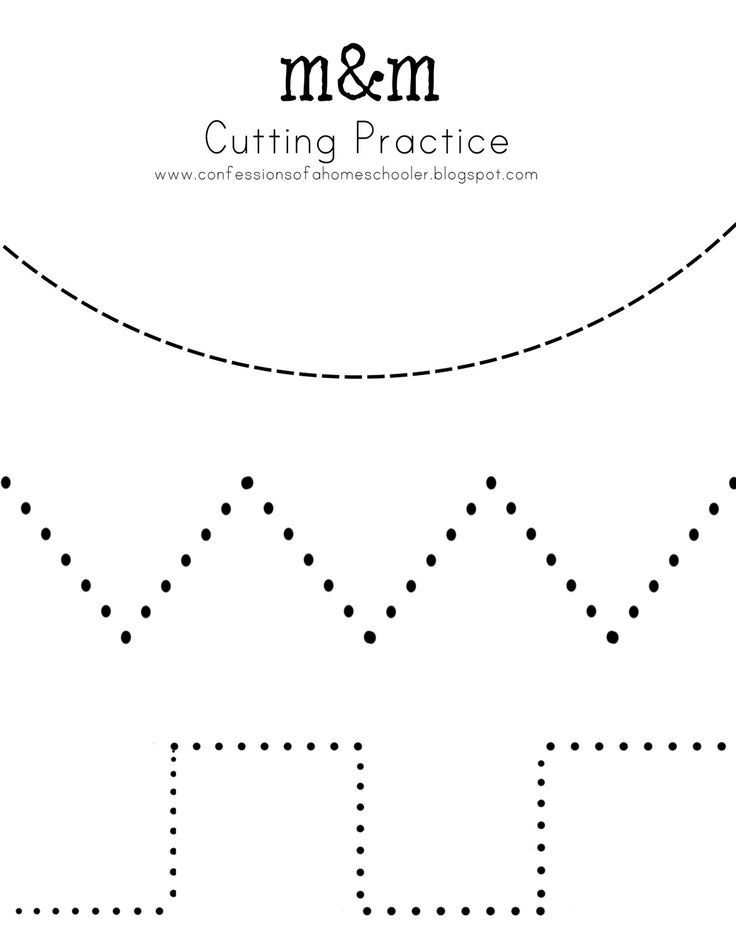
How Do Children Learn From a Number Song?
Songs with numbers help children to memorise the order of numbers to 10 and beyond, as well as to say the numbers backwards.
Children don’t have to be forced to learn the numbers in a boring way because they will be learning incidentally through singing.
The rhythm in songs and rhymes, as well as the repetitive verses, help children memorise the numbers easily and an understanding of the value of numbers is built.
When children sing a song about 5 of something, which then becomes 4 when one leaves, and then 3, they learn that a number is not just a word but it represents a value. They learn about one-to-one correspondence.
Any form of learning that involves fun and play is effective in early childhood. It is the natural way children learn.
10 Counting Songs for Kids
Here are 10 fun counting rhymes to teach your kids, with lyrics. Some are old favourites and some are newer rhymes.
Some of these teach rote counting forwards or backwards (e. g. reciting from one to 10) and some teach number concepts (e.g. there were 5, one fell off, now there are 4).
g. reciting from one to 10) and some teach number concepts (e.g. there were 5, one fell off, now there are 4).
The ants go marching one by one
Hurrah, hurrah
The ants go marching one by one
Hurrah, hurrah
The ants go marching one by one
The little one stops to suck his thumb
And they all go marching down to the ground to get out of the rain
Boom boom boom
Repeat the verses, changing the number of ants and the action line:
The ants go marching two by two
The little one stops to tie his shoe
The ants go marching three by three
The little one stops to climb a tree
The ants go marching four by four
The little one stops to shut the door
The ants go marching five by five
The little one stops to take a dive
The ants go marching six by six
The little one stops to pick up sticks
The ants go marching seven by seven
The little one stops to pray to heaven
The ants go marching eight by eight
The little one stops to roller skate
The ants go marching nine by nine
The little one stops to check the time
The ants go marching ten by ten
The little one stops to shout, “The End!”
Listen to the tune on YouTube
2.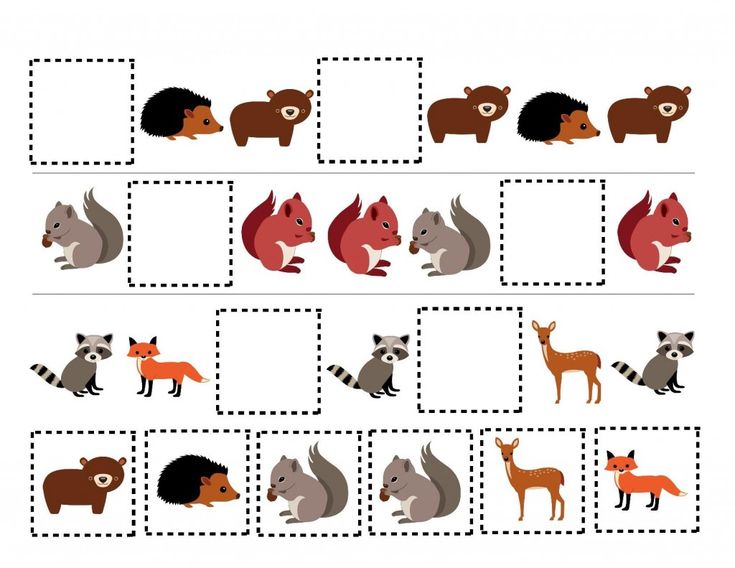 Ten Green Bottles
Ten Green BottlesTen green bottles
Hanging on the wall
Ten green bottles
Hanging on the wall
And if one green bottle
Should accidentally fall
There’ll be nine green bottles
Hanging on the wall
Nine green bottles…
Eight green bottles…
Repeat verses until there are no green bottles left:
One green bottle
Hanging on the wall
One green bottle
Hanging on the wall
If that one green bottle
Should accidentally fall
There’ll be no green bottles
Hanging on the wall
Listen to the tune on YouTube
3. One, Two, Buckle My ShoeOne, two
Buckle my shoe
Three, four
Shut the door
Five, six
Pick up sticks
Seven, eight
Don’t be late
Nine, ten
Do it over again!
Listen to the tune on YouTube
4. Ten Little FingersTen little fingers, ten little toes,
Two little ears and one little nose
Two little eyes that shine so bright
And one little mouth to kiss mother goodnight.
There were ten in the bed
And the little one said,
“Roll over! Roll over!”
So they all rolled over and
one fell out
There were nine in the bed…
There were eight in the bed…
Repeat verses until there is only one left in the bed:
There was one in the bed
And the little one said,
“Alone at last!”
Listen to the tune on YouTube
6. Five Fat SausagesFive fat sausages sizzling in a pan
The grease got hot – and one went “BANG”!
Four fat sausages sizzling in a pan
The grease got hot – and one went “BANG”!
Three fat sausages sizzling in a pan
The grease got hot – and one went “BANG”!
Two fat sausages sizzling in a pan
The grease got hot – and one went “BANG”!
One fat sausage sizzling in a pan
The grease got hot – and it went “BANG”!
No fat sausages frying in a pan.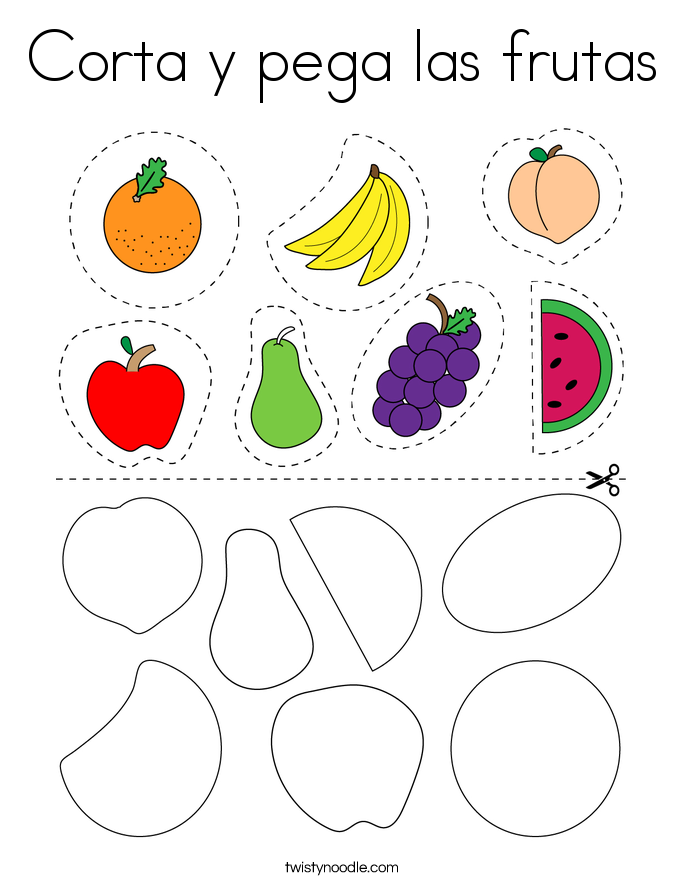
Listen to the tune on YouTube
7. Five Little Speckled FrogsFive little speckled frogs
Sat on a speckled log
Eating some most delicious bugs.
YUM! YUM!
One jumped into the pool,
Where it was nice and cool,
Then there were four speckled frogs!
GLUB! GLUB!
Four little speckled frogs…
Three little speckled frogs…
Repeat verses until there are no speckled frogs left:
One little speckled frog
Sat on a speckled log
Eating some most delicious bugs.
YUM! YUM!
He jumped into the pool,
Where it was nice and cool,
Then there were no speckled frogs!
Listen to the tune on YouTube
Here are more fun animal songs for preschoolers.
8. One, Two, Three, Four, FiveOne, two, three, four, five,
Once I caught a fish alive.
Six, seven, eight, nine, ten,
Then I let it go again.
Why did you let it go?
Because it bit my finger so.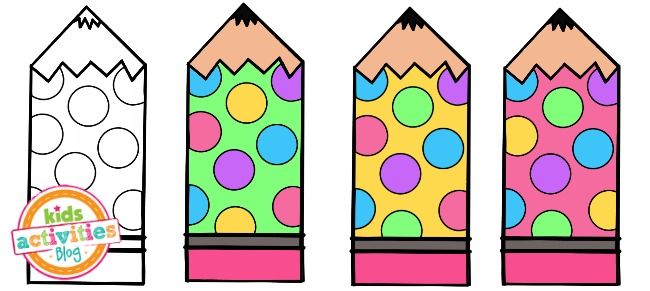
Which finger did it bite?
This little finger on my right.
Listen to the tune on YouTube
9. Five Little SnowmenFive little snowmen standing in a line
One, Two, Three, Four, Five
So fine
Melt in the sunshine with a sigh
We’ll see you next year
Bye Bye!
Four little snowmen standing in a line
One, Two, Three, Four
So fine
Melt in the sunshine with a sigh
We’ll see you next year
Bye Bye!
Repeat verses until there are no snowmen left:
One little snowman standing in a line
One
So fine
Melt in the sunshine with a sigh
We’ll see you next year
Bye Bye!
Listen to the tune on YouTube
10. RabbitsRabbits rabbits 1 2 3
Will you come and play with me?
Camels camels 4 5 6
Why do you have a hump like this?
Monkeys monkeys 7 8 9
Will you teach me how to climb?
When I have counted up to ten
The elephant says now start again.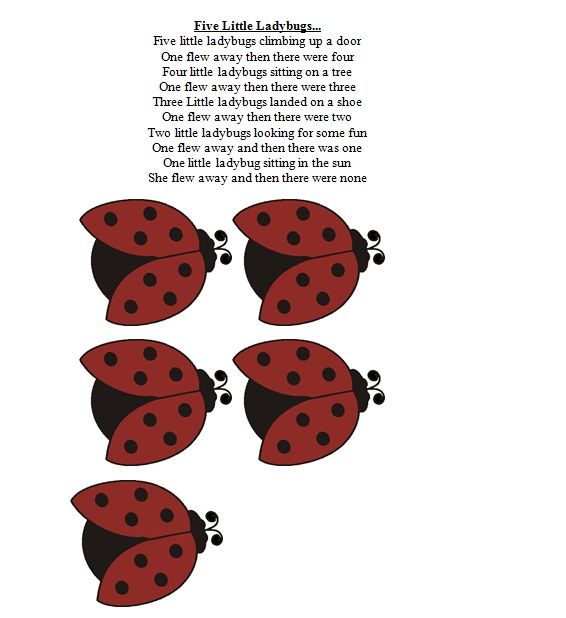
Listen to the tune on YouTube
Those are 10 of my favourite counting rhymes but there are many more to choose from! Check out this awesome list of preschool songs.
Get FREE access to Printable Puzzles, Stories, Activity Packs and more!
Join Empowered Parents + and you’ll receive a downloadable set of printable puzzles, games and short stories, as well as the Learning Through Play Activity Pack which includes an entire year of activities for 3 to 6-year-olds.
Access is free forever.
Signing up for a free Grow account is fast and easy and will allow you to bookmark articles to read later, on this website as well as many websites worldwide that use Grow.
- Share
Municipal budgetary institution
Additional education
Children's art school No.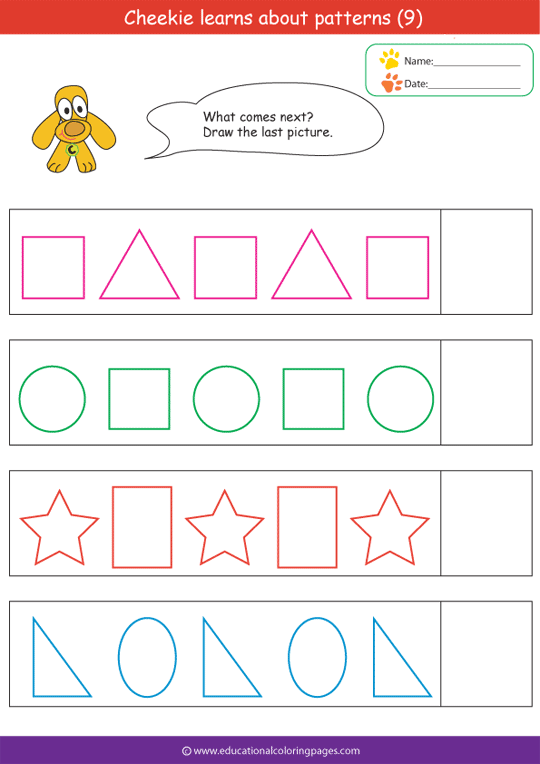 8
8
Ulyanovsk
Methodical development
“Methodical analysis pieces from
"Children's Album" by P.I.0003
MBU to DSHI No. 8
Chevachina Galina Aleksandrovna
201 6 .
Annotation
The history of creating the most famous and popular study for children in a close relationship with biography with biography with biography composer. In the main part of the work, a figurative description of the plays and methodological recommendations for teachers in working on works are given. .
Contents:
1.Introduction……………………………………………..………….………….2-4
2.Main part……………… ………………………………………………5-20
3.Conclusion……………………………………………………………… …….20
4.Literature………………………………………………………………….20-21
“Methodological analysis of plays from
"Children's Album" by P.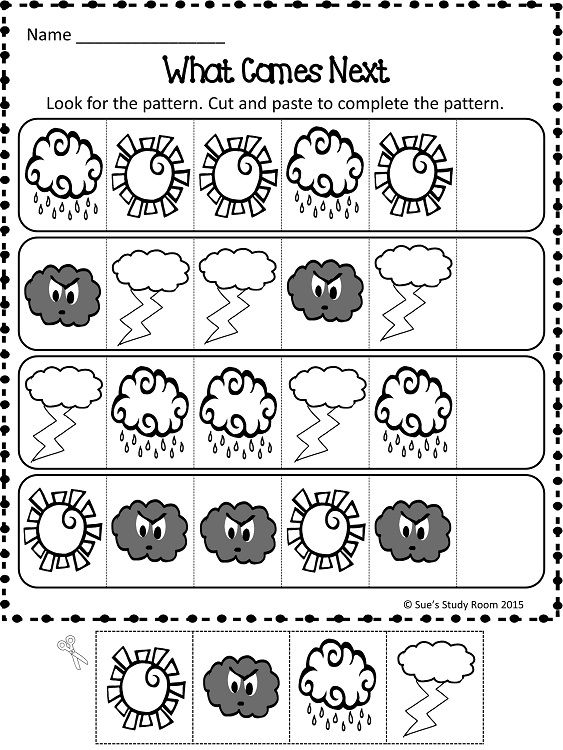 I. Tchaikovsky"
I. Tchaikovsky"
I . Introduction
Musical language is very good at conveying feelings and moods. In order to “draw” something with the help of music or “tell” about something, composers resort to the help of ordinary, verbal language. It can be just one word in the title of the play.
But this word guides our imagination. For example, in the play "Song of the Lark" small figures with triplets and grace notes convey the chirping of birds.
All titles and verbal explanations for musical works are called the program. And music that has a program is called program music. All works of the collection "Children's Album" are programmatic.
The first outstanding collection of music for children in Russian piano literature was Tchaikovsky's "Children's Album". The appearance of this collection is not an accidental phenomenon in the creative biography of the composer. Tchaikovsky devoted a lot of time and effort to teaching. In addition to working at the Moscow Conservatory, he wrote a textbook on harmony and translated several works by Western European musicians that could be useful in educating Russian students.
Tchaikovsky devoted a lot of time and effort to teaching. In addition to working at the Moscow Conservatory, he wrote a textbook on harmony and translated several works by Western European musicians that could be useful in educating Russian students.
"Children's Album" is not only of great artistic value, but also extremely useful for the education of students.
Returning to Russia after a trip abroad in the spring of 1878, Tchaikovsky visited the village. Kamenka his sister Alexandra Ilyinichna Davydova, who had 7 children. Pyotr Ilyich adored his nephews and nieces, he walked with them, arranged fireworks, musical performances, dance evenings, took part in games, enjoyed the spontaneity of children.
Tchaikovsky often listened to the guys making music, especially 7-year-old Volodya Davydov. He wrote N.F. with great warmth about his nephew. von Meck: "For the sake of his inimitably charming figure, when he plays, looks at the notes and considers, you can dedicate entire symphonies.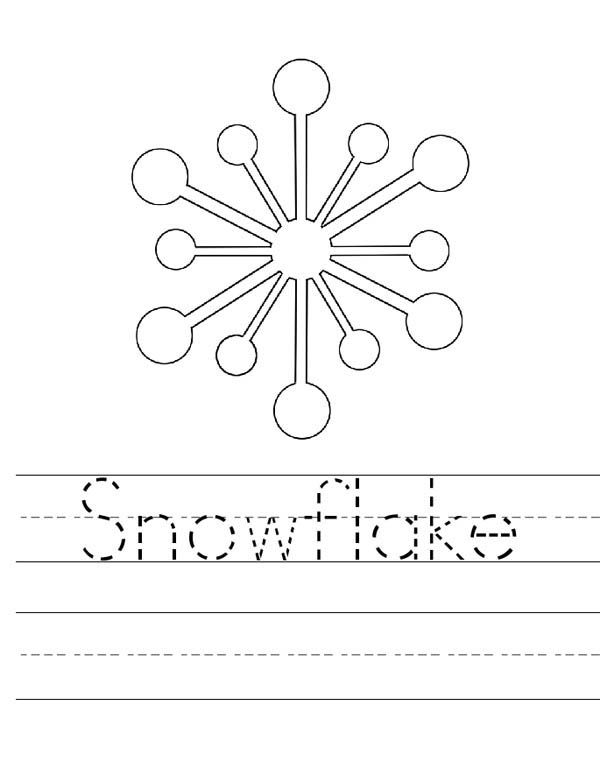 "
"
It was to this Volodya Davydov that P.I. 89 was written by P.I. Tchaikovsky in May 1878 and published by P. Jurgenson in October of the same year. On the title page of the first edition, the full name of the cycle: “Children's Album. Collection of light plays for children (imitation of Schumann). Composition by P. Tchaikovsky.
Indeed, one can trace the connection between the "Children's Album"
P.I. Tchaikovsky with a similar work by R. Schumann "Album for Youth". This is expressed not only in the choice of plots (“March of Soldiers” - and “March of Wooden Soldiers”, “First Loss” - “Doll Funeral”, “Folk Song” - “Russian Song”, etc.), but also in the choice of means of musical incarnation. Both composers speak to children surprisingly clearly and simply, and at the same time seriously, without any "adjustment". Collections captivate with their lyricism. Like Schumann, Tchaikovsky in most of his plays enriches the musical fabric with elements of polyphony.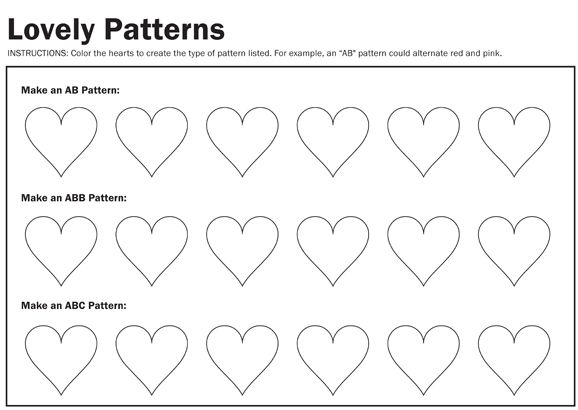 But even in these works for children, the composers do not deviate from the basic principles of their piano style. Therefore, Tchaikovsky's "Children's Album" is perceived as Russian music, as a series of pictures dedicated to the life and life of Russian children. Pyotr Ilyich strove to ensure that his music was lively and exciting, so he showed interest even in the external design of the edition of plays - in pictures, in the format of the collection.
But even in these works for children, the composers do not deviate from the basic principles of their piano style. Therefore, Tchaikovsky's "Children's Album" is perceived as Russian music, as a series of pictures dedicated to the life and life of Russian children. Pyotr Ilyich strove to ensure that his music was lively and exciting, so he showed interest even in the external design of the edition of plays - in pictures, in the format of the collection.
Schumann's influence on Tchaikovsky's piano style can be seen in the similarity of texture, rhythm and dynamics. In the "Album for Youth" and "Children's Album" the pieces are intonationally memorable, accessible to the child, contrasting in character, but united by one idea. Each play is a small story from the life of children. Lined up together, they reflect the whole world. The programmatic nature of the collections makes them understandable and interesting for beginning pianists. With extraordinary sensitivity and subtle understanding of child psychology, the composer reflected in the "Children's Album" the life and life of the children of the environment that surrounded him every day.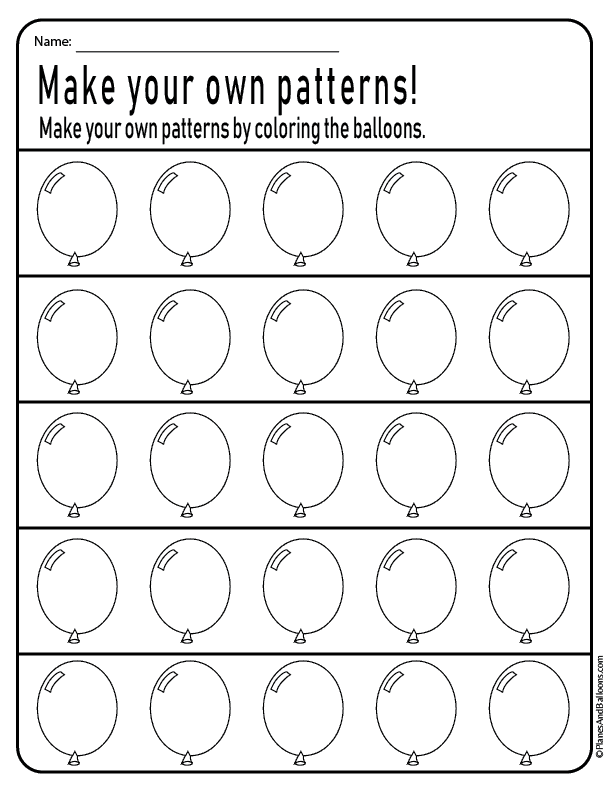
Tchaikovsky's "Children's Album" contains 24 pieces not connected by a single theme. Each play contains a specific plot, a lively poetic content. The collection captures a wide range of images. These are pictures of nature - "Winter Morning", "Song of the Lark", children's games - "Game of Horses", "Doll Disease", "Doll Funeral", "New Doll", "March of Tin Soldiers", the characters of Russian folk tales are outlined - "Nanny's Tale", "Baba Yaga", Russian folk art - "Russian Song", "A man plays the harmonica", "Kamarinskaya", songs of other peoples - "Old French song", "Italian song", "German song" , "Neapolitan song", European dances - "Waltz", "Mazurka", "Polka".
The works of the collection are written for children, so the texture, fingering, harmony, articulation, dynamics and pedalization take into account the performance capabilities of the child. Tchaikovsky wrote 19 pieces out of 24 in major keys, the chords are intended for children's hands, the dynamics are from pp to f.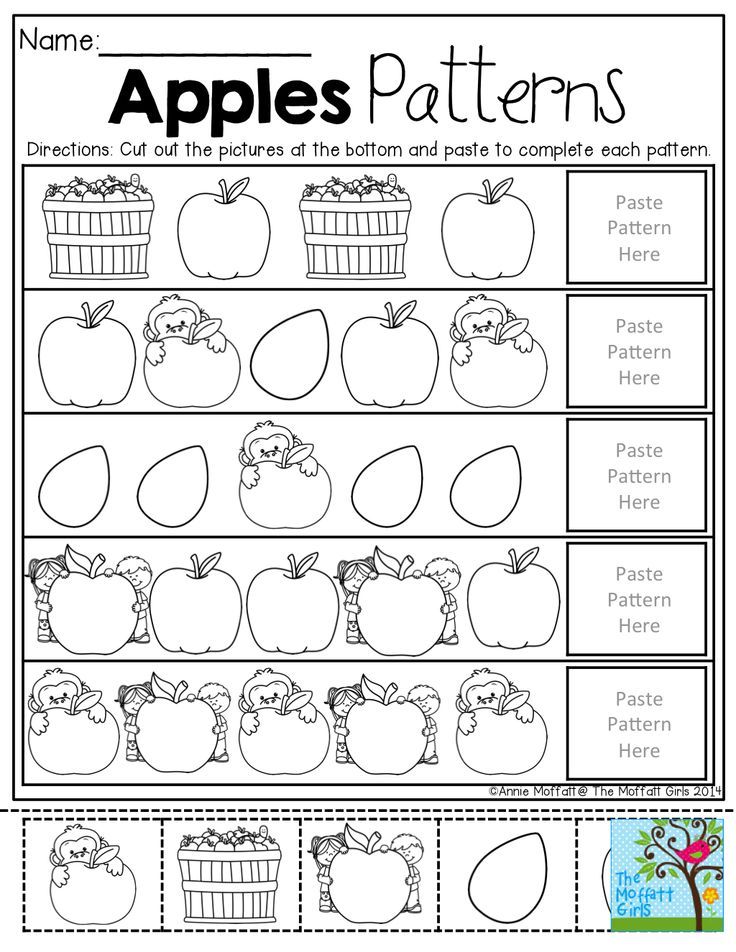 Most of the plays are written in simple two-part or three-part form.
Most of the plays are written in simple two-part or three-part form.
Purpose of writing the work:
Tasks of the work:
-
to analyze the relevance of the appearance of the collection;
-
reveal the figurative characteristics of the album's pieces;
-
give methodological recommendations in the work on the works.
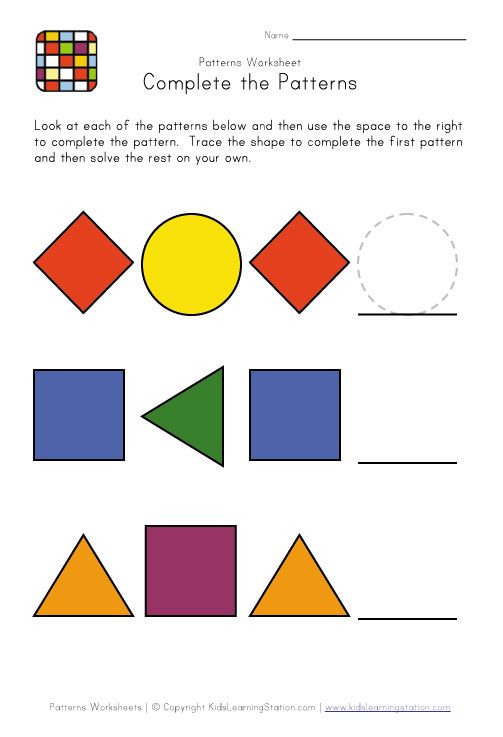
II . Main part
-
“Morning reflection”
In the first version the piece was called “Morning Prayer”, it resembles a sarabande – a strict four-part, rhythmic figure – a quarter with a dot – an eighth.
A bright and serious mood, as it were, warns that the story about children will go on at in a serious tone. The piece is written in the key of G major. The character is calm, thoughtful, the texture with elements of polyphony, the form of an extended period with a large addition on the tonic organ point.
The teacher and the student need to work on voice leading, the melodiousness of each voice, but pay special attention to the sound of moving sopranos and bass.
Articulation and dynamics should emphasize the expressiveness of the piece. It is important to achieve a soft, melodious legato sound in all voices.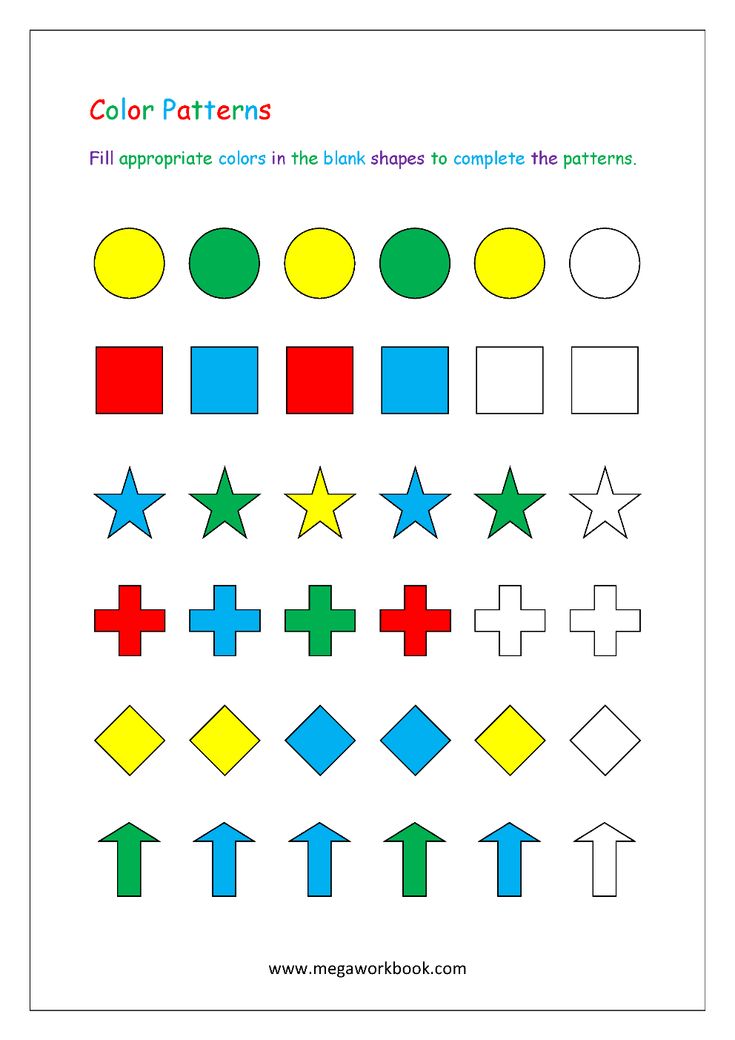
Special work should be done on the tonic organ point.
-
"Winter Morning"
The play captures a picture of a snowy, frosty winter morning and at the same time conveys the psychological mood of the child. The work begins in a joyful D major, which soon modulates into a parallel minor, as if the joy is overshadowed by overcast weather.
The play is written in a simple 3-part form. The agitated, assertive extreme parts are contrasted by the middle, where pleading, plaintive intonations appear.
At the beginning of the piece, a sequence of falling seconds at a fast pace creates a feeling of liveliness, the bustle of a day that has just begun. And in the middle, the rhythmic regrouping, the sound of the interval of an increased second and the change of the upward direction of movement to the downward one create the impression of a child's plaintive intonation.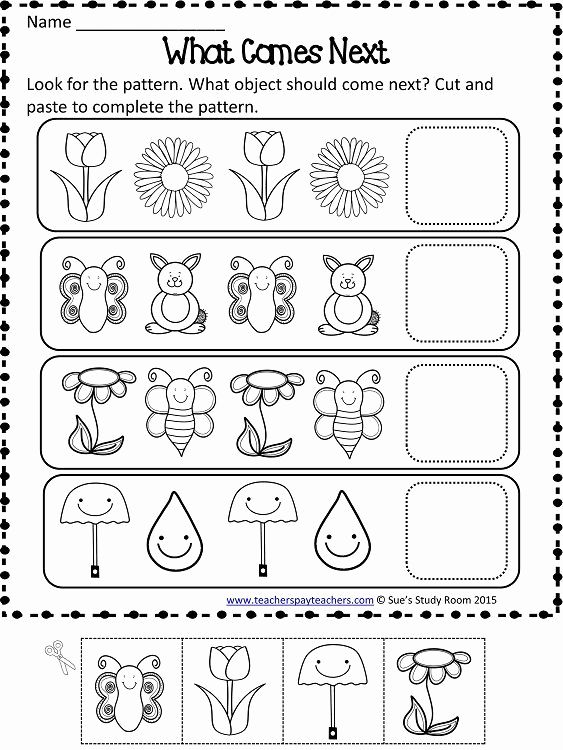 In the reprise, active and pleading intonations seem to be combined.
In the reprise, active and pleading intonations seem to be combined.
Chord texture of the piece. The pedal in the first part of the piece is straight, short: it is taken on the first beat, and in the middle - on the first beat of every second measure.
-
"Mom"
The title itself contains the meaning of the work, which is emphasized by the author's note - "With great feeling and tenderness." An affectionate, gentle, light melody sings, and the whole texture sings with a “melodized” lower voice. When working on a melody, it is necessary to achieve a beautiful, deep, cantilena sound (it is better to extract it with the pad of a slightly outstretched finger with a slight unifying movement of the brush for every three notes).
In the middle of the piece, a “shadow cloud” comes up, melodic echoes appear. It is important to hear the melodic bass line well. It must be taught separately and legato.
The teacher should teach the student two voices: upper and bass. It is necessary to draw the student's attention to the fact that the melodic leagues of these voices do not coincide.
-
Playing Horses
This lively, pictorial, sunny scherzo is fervently boyish, with a stubborn ostinato rhythm. This is the tempo of a small toccata, which is characterized by a fast theme, ease of execution. The student can imagine himself as an actor riding a stick or a toy horse. The whole piece should sound very distinct and sharp.
The piece is written in a simple three-part form in the form of a toccata with the same type of rhythmic pulse imitating the clatter of a galloping horse's hooves. The play is consonant with R. Schumann's miniature "The Bold Rider".
From the beginning to the end the piece is written in a four-part quartet chord structure.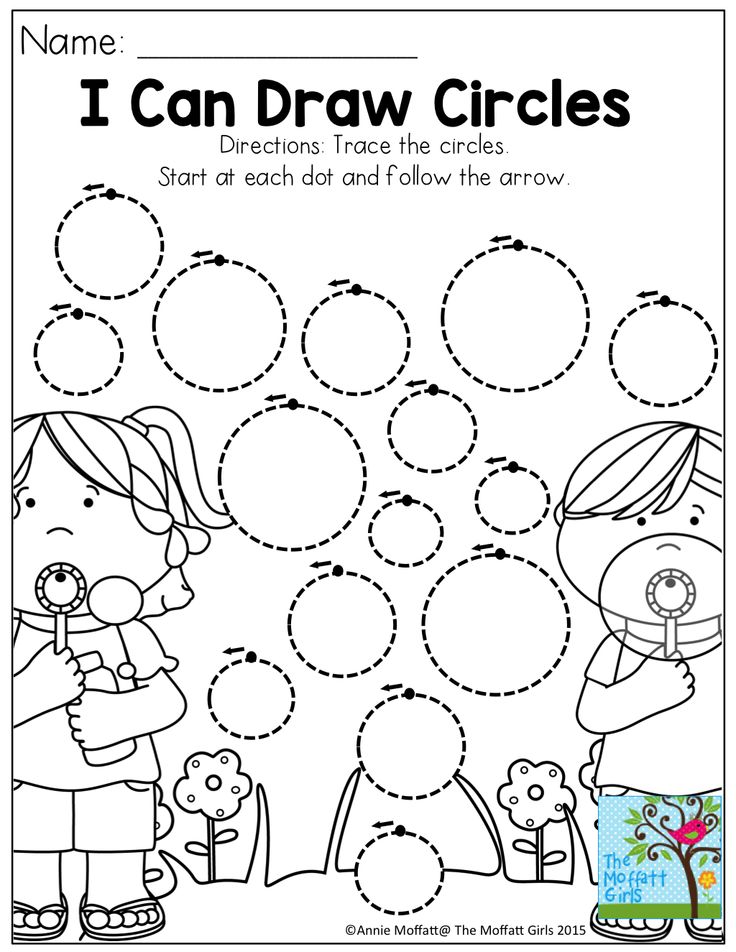 The student needs to be helped to achieve the sound harmony of the chords. Therefore, it is necessary to work on staccato at a slow pace: staccato is performed with the smallest movements of the brush with the fingertips matched. The teacher must ensure that the student does not make any unnecessary movements, and with repeated notes, uses a double rehearsal of the piano.
The student needs to be helped to achieve the sound harmony of the chords. Therefore, it is necessary to work on staccato at a slow pace: staccato is performed with the smallest movements of the brush with the fingertips matched. The teacher must ensure that the student does not make any unnecessary movements, and with repeated notes, uses a double rehearsal of the piano.
It is useful to learn the melody and accompaniment separately, you can also work out the right hand part at a slow tempo, playing it with both hands.
When sonority is increased, the hand “connects” to the fingers, and then the forearm. When moving to a fast tempo, you need to maintain pianistic techniques.
In the middle part of the piece (from the 25th bar) one can clearly feel the change of mode (first in B minor, and then everything repeats in E minor). In the chord texture, echoes appear. After a running shadow, D major sounds especially light and assertive in the reprise.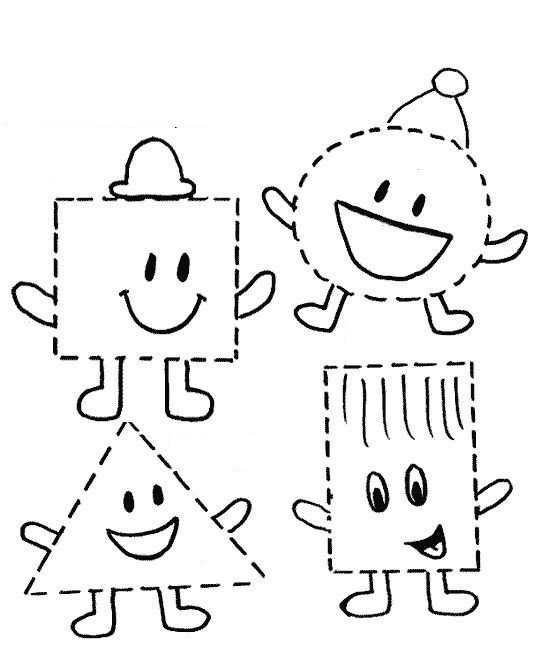
-
“March of the Wooden Soldiers”
This piece is a funny march, to the sounds of a “toy” orchestra with flutes and a drum, a toy army of wooden soldiers seems to chime out the step. Therefore, the main difficulties in this piece are rhythmic. The whole piece must be played extremely clearly, evenly, strictly, at a moderate pace. First, it is important to teach the piece at a slow pace with strong fingers. It is important to achieve from the student the simultaneous removal of hands during pauses, the exact execution of the rhythmic pattern, and pay attention to the fingering.
The play is written in a simple three-movement form. The middle of the piece sounds secretive and even a little threatening, thanks to the change of mode (A minor) and the use of Neapolitan harmony.
-
“Doll's illness”
Tchaikovsky wrote a cycle about dolls, which included: “Doll's illness”, “Doll's funeral”, “New doll”.
P.I. Tchaikovsky has so much lively observation, well-aimed sketches of a capricious childish psyche with characteristic transitions from sadness to joy, from tears to laughter and fun.
“Doll's illness” is a sad play: the doll is ill, suffers, groans, complains. It is necessary to work with the student on a melodious melody, expressive bass and harmonies following one after another. You can learn the melody separately, without pauses at a more mobile pace, in order to better feel its development. Vertical harmonies need to be assembled into a chord so that they are easier to hear.
This piece is good for teaching a child how to retard the pedal. Take it to a quarter with a dot in the part of the left hand and listen to it together with the melodic note until the end of the measure, and then smoothly remove it. And so in each next cycle.
Sighs, tears and impetuous breathing are heard in the music.
7. "The funeral of a doll"
The first loss of a little man, serious experiences, meeting with death are consonant with R. Schumann's play "The First Loss".
In a solemn funeral procession, a gloomy C-minor funeral march sounds. With dynamics, the composer depicts either the approach of the funeral procession, or the removal. Rhythmic figure: half, eighth with a dot, sixteenth and again half - characteristic of the funeral march.
The gloomy nature of the music is emphasized by heavy chords and intervals in the accompaniment.
The child needs to be explained that this play is a puppet funeral and should be treated like a game.
-
"Waltz"
Waltz is a pair dance, it is based on smooth whirling. Waltz is one of the favorite genres of P.I. Tchaikovsky. This waltz has features of both ballroom and lyrical mood in the first part, and becomes characteristic, brilliant in the second part.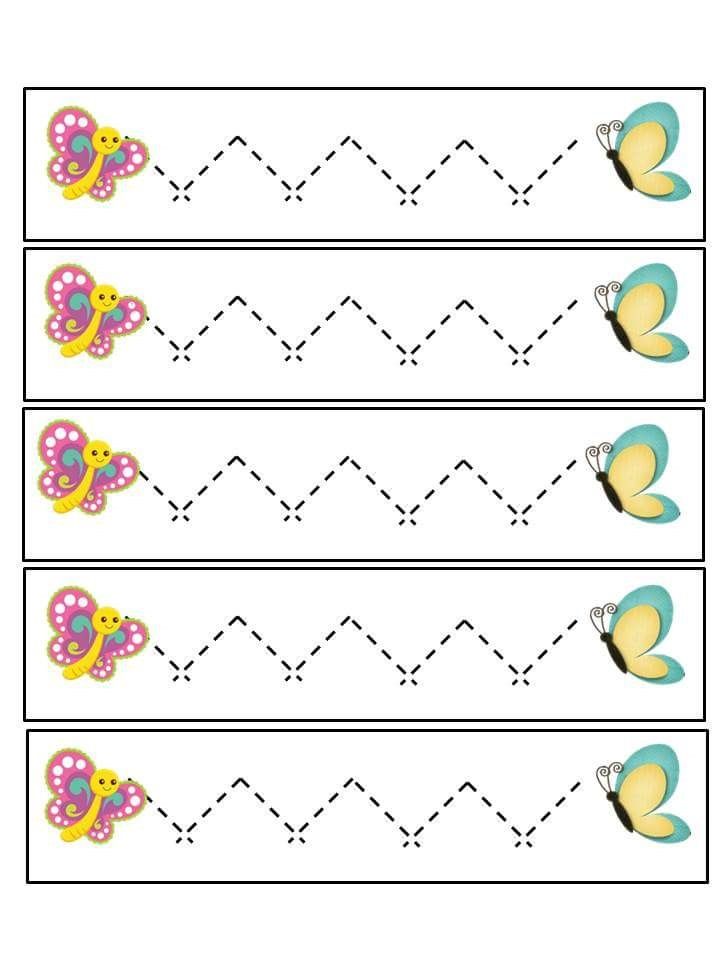 And you can imagine the first part as a “smile of a child”, and the second part as a “sobbing”. After all, only children can smile and sob at the same time.
And you can imagine the first part as a “smile of a child”, and the second part as a “sobbing”. After all, only children can smile and sob at the same time.
This play is written in a complex three-movement form. Along with the waltz itself, it has sections with elements of a characteristic dance (in the middle part). To reveal the features of the work, you need to come up with figurative comparisons. For example, imagine a New Year's holiday and children dancing near the Christmas tree. One merry dance follows another. The smooth, graceful waltz is replaced by the dance of a little ballerina performing intricate steps (bars 18-38), which is replaced by an awkward and funny dance of mummers (bars 38-52).
It is better to start working on a waltz with accompaniment - legato, with a slightly noticeable reliance on the bass.
When working on a melody, you need to achieve melodiousness and plasticity, pay attention to syncopations in 2-4 measures.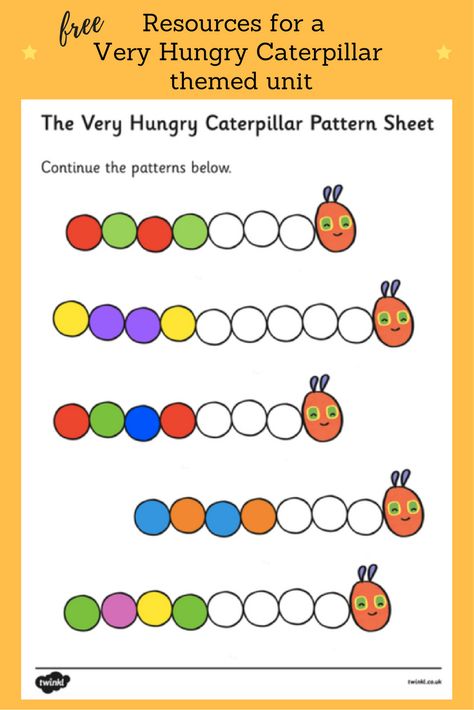
In the middle part, you need to help the student to feel the polymetry - a combination of a three-part waltz accompaniment with a two-part part of the right hand, to feel the two-voice.
Pedalization will help to reveal danceability: connecting a delayed bass pedal with chords.
-
"New doll"
This is a subtle psychological sketch - the joy of a girl about a wonderful gift - a new doll.
The play is based on the waltz genre. The lightness of the flexible intermittent movement of the melody creates an atmosphere of childish happiness.
The feeling of a “flying” melody to the “G” note of the sixth measure makes it possible to play the entire first formation “in one breath”.
The student should explain that the slurs in the middle part are not phrasing, but dashed, they reflect excitement and impatience.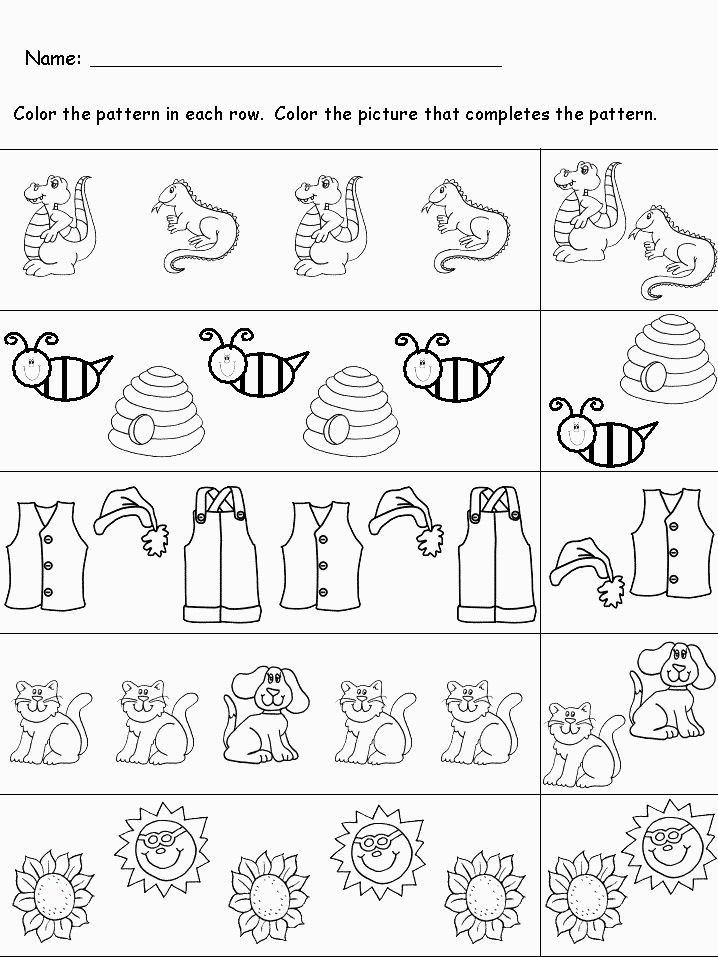
Take a short pedal, at the expense of "one".
-
"Mazurka"
The name of the Polish folk dance "Mazurka" comes from "mazur" - the name of the inhabitants of Mazovia. The mazurka is characterized by a tripartite meter and rhythm, with a frequent shift in emphasis to the second and third beats of measures.
A distinct, precise touch of the fingertips on the piano keyboard, slow tempo, clear hearing of the harmony, comfortable fingering, pedalization that helps to mark either the strong beat or the syncopation - this is what will help the student learn the mazurka in the right character.
-
"Russian Song"
"Russian Song" is based on a genuine folk melody "You Head, My Head", included by the composer in his collection - "50 Russian Folk Songs for Piano in 4 Hands". This is an example of Russian folk polyphony , in which four-voices alternate with two- and three-voices.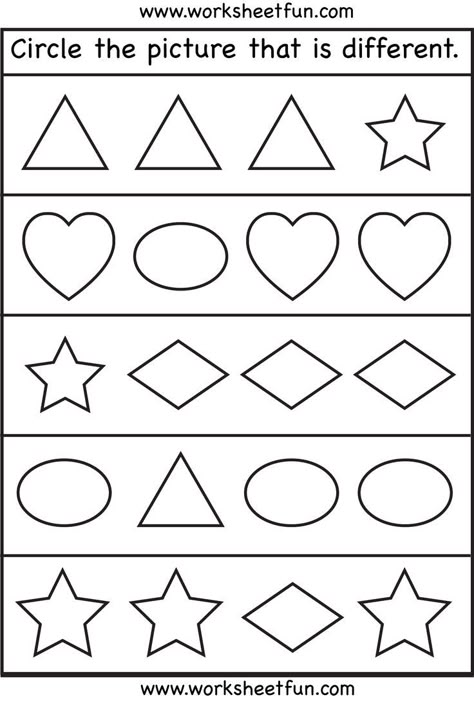
With the same melody, the music varies due to moving bass and undertones.
When working on a piece, you need to ensure that the student hears a combination of voices. For this purpose, two-voice in one hand must be taught with two hands.
-
“A man plays the harmonica”
The play is extremely figurative. The image of a man on a mound trying to learn how to play the harmonica. As if unwillingly, unhurriedly, with laziness, the peasant breeds harmonica furs - he obviously knows how to play only this one motive and repeats it endlessly. There is no development here.
In form it is a theme by variations. The miniature ends with repeated repetition of its main harmony - the dominant seventh chord, which acts as a tonal foundation. Despite its simplicity, the piece sounds fresh and picturesque.
13. "Kamarinskaya"
This play has gained the greatest popularity.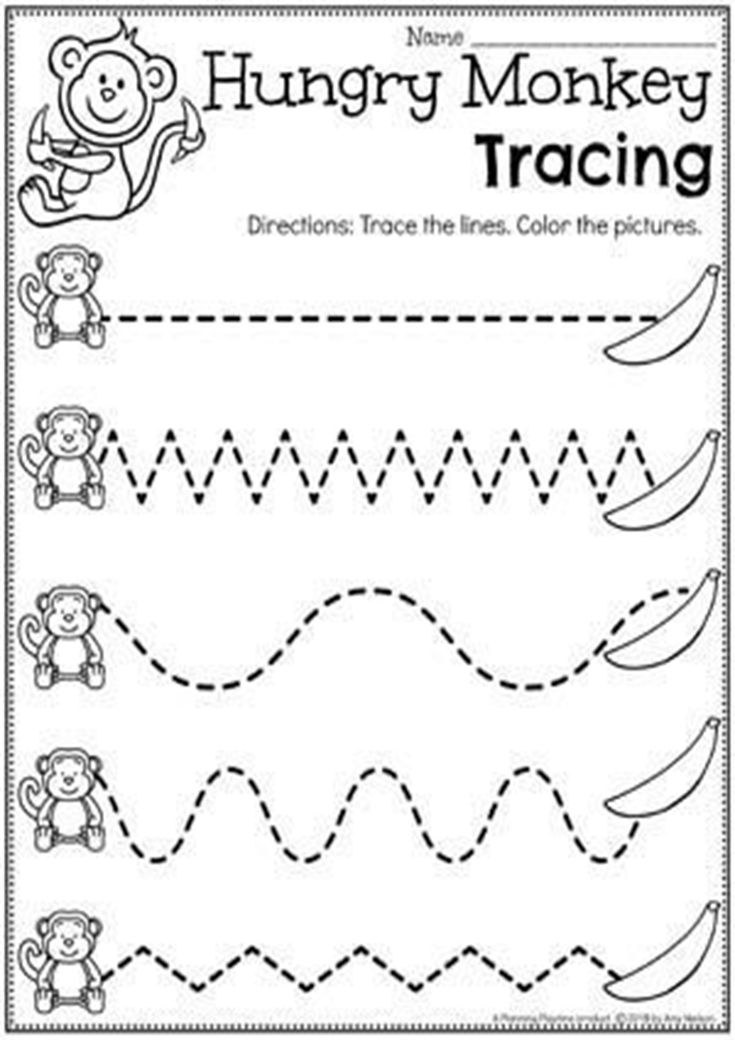 In it, Tchaikovsky uses the natural everyday intonation of the dance.
In it, Tchaikovsky uses the natural everyday intonation of the dance.
“Kamarinskaya is written in D major, this is the tone of the hero of the cycle, the result of the development of the hero, his formation as a Russian person.
In "Kamarinskaya" you can hear a folk song - a dance with a daring, perky character.
"Kamarinskaya" imitates folk methods of variation. In the theme (12 measures) in the left hand part, the booming bass sound “D” and the upper voice are reminiscent of the sound of the folk instrument of the bagpipe, on which you can play both a melody and a trailing bass. The upper voice sounds like a balalaika. Staccato should be played very short, with a "pinch".
The culmination of the piece in the second variation. Massive chords set out in two octaves sound thick and rich. To achieve the required sonority, they must be removed with the whole hand, with a movement “from the key.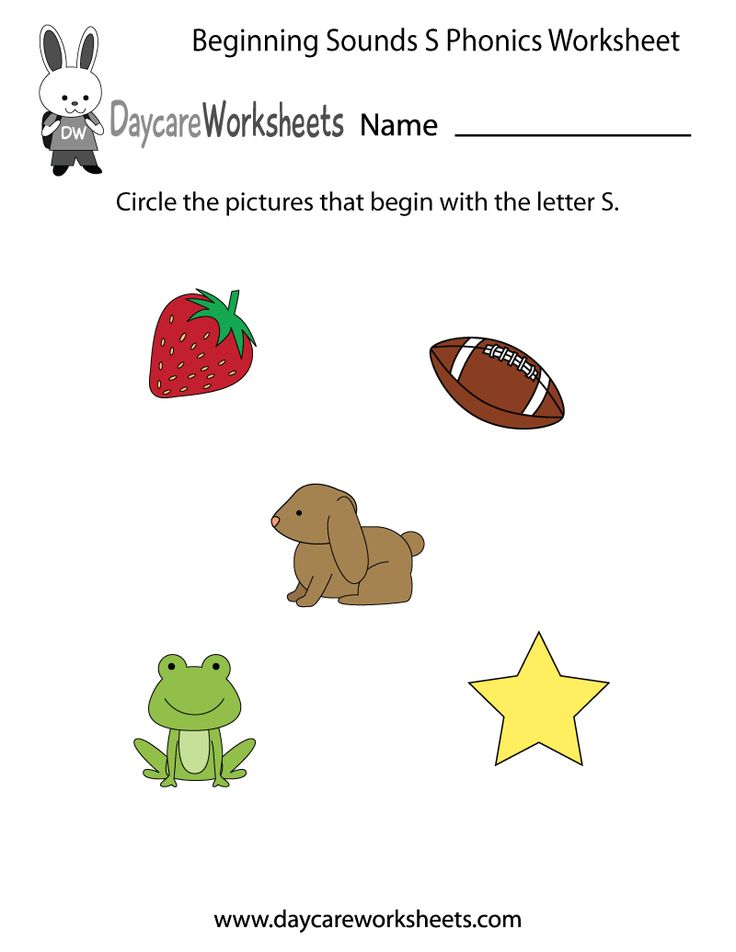 ” This variation in sonority resembles a harmonica.
” This variation in sonority resembles a harmonica.
Straight pedal, short, for each chord.
14. "Polka"
Polka is a graceful and cheerful dance with perky humor in the extreme parts and a touch of comic angularity and clumsiness in the middle. In polka, you need to achieve a light, elegant sound. It is necessary to work on the accompaniment, achieving a light staccato with small “pricks” of bass notes, it is better to perform staccato with a small push “from the key”.
15. "Italian song"
Written in the key of D major. It was created as a household sketch while traveling abroad. In a letter from Florence, the composer wrote that once he and his brother heard a ten-year-old boy singing a tragic song with a guitar. He sang in a beautiful thick voice with such warmth that he touched Pyotr Ilyich's heart. And this song was included in the collection called "Italian Song".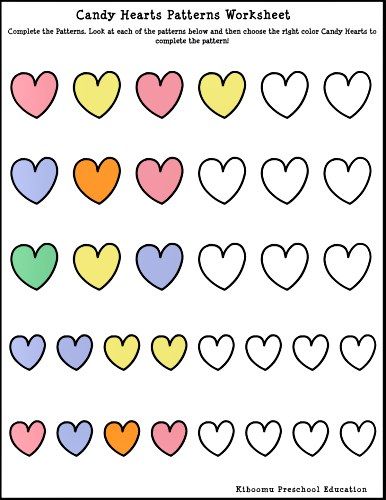
The play is written in a simple two-part form. The light melody flows calmly, unhurriedly.
When studying this piece with a student, it is necessary to focus on the waltz character of the musical image. It is necessary to work separately on the melody (moving, graceful in the first part, and cantilena in the second) and the accompaniment (light, waltz, with a slightly noticeable reliance on the bass).
In the second part, the texture becomes more complicated. The melody and accompaniment are transferred to the right hand, and in the left, a monotonous “mechanized” movement of fourths appears on the sustained bass.
Care must be taken that the accompaniment in the right hand sounds very quiet and does not drown out the melody.
16. “An old French song”
This is a melancholic, soulful song, like a memory of a distant past.
The piece is written in three-movement form, in G minor.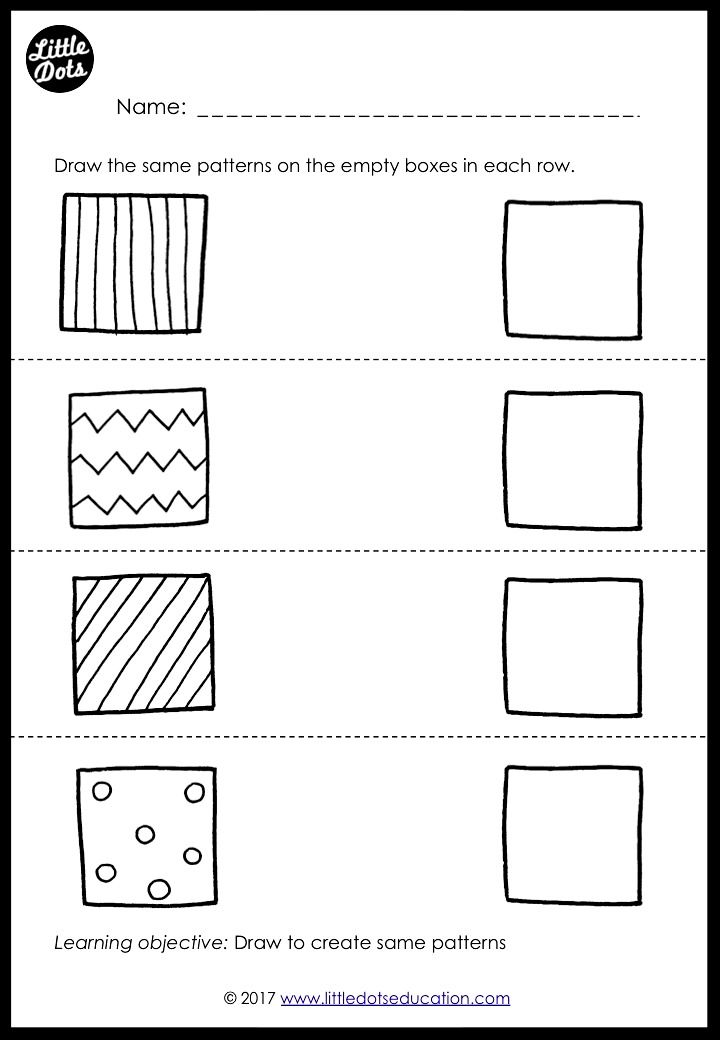 The melody in the first part should sound deep, drawn out. There are two voices in the left hand.
The melody in the first part should sound deep, drawn out. There are two voices in the left hand.
The middle section begins secretly, on a "cello" staccato accompaniment, and then quickly comes to a climax. In melody, despite the short leagues, you must try to avoid crushing. The accompaniment is best performed with light brush movements, but strong fingers. Before the culmination, it is appropriate to make a small ritenuto and caesura, so that after it the wonderful melody of the reprise sounds even more penetratingly.
17. "German song"
"German song" - cheerful, with a "bouncing melody". It is based on the intonations of the Tyrolean song, and the rhythm resembles the old Lendler dance popular in Germany and Austria.
It is useful to teach the accompaniment separately with students: take the bass deeper and the second and third beats are easier. Take the delayed pedal to the “one” count.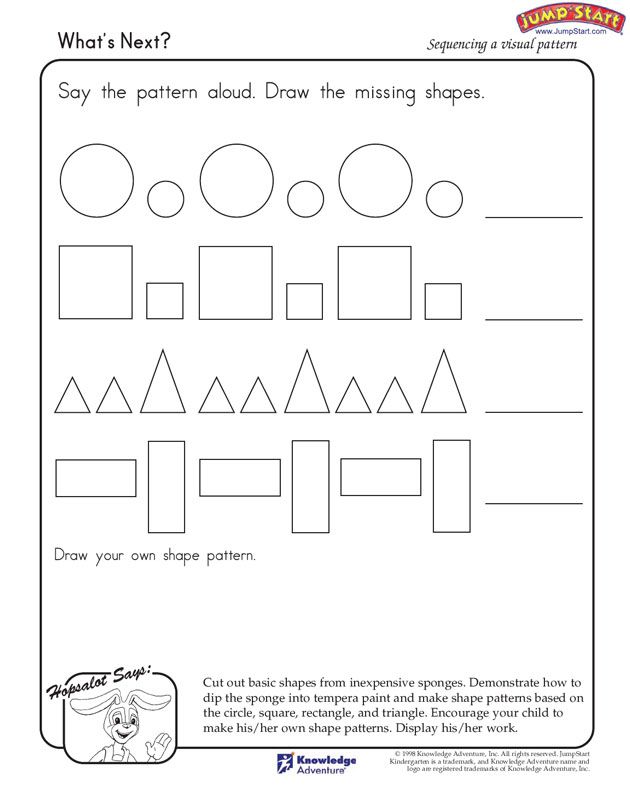 "German song" is written in three-part form.
"German song" is written in three-part form.
18. "Neapolitan song"
"Neapolitan Song" is filled with bustling revival of Italian squares. It should be performed easily, accurately observing all the strokes.
A temperamental, graceful piece reminiscent of the Italian national dance tarantella - full of energy, flaring up with fun towards the end. In the melody and rhythm of the piece, the characteristic turns of Italian folk music are conveyed - repetitive rhythms and intonations, accents after pauses, imitation of the sounds of folk musical instruments.
A common performance flaw is the fuzzy sounding of a rhythmic figure typical of castanets or guitars - two sixteenth and two eighth notes, in which the second sixteenth is not always clear.
Another drawback is the heaviness of the accompaniment, which significantly reduces the expressiveness of the performance of the piece.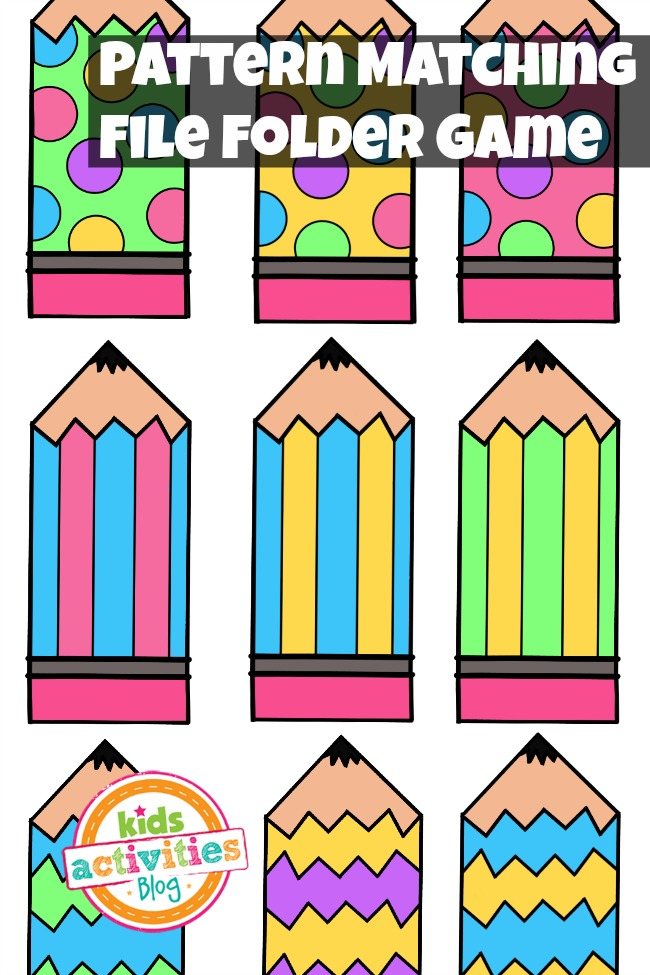 To overcome these technical difficulties, it is useful to practice the left hand part with a wrist movement upwards on an accentuated second beat. When performing a melody, it is necessary to perform all the strokes indicated by the composer: leagues, pauses, accents.
To overcome these technical difficulties, it is useful to practice the left hand part with a wrist movement upwards on an accentuated second beat. When performing a melody, it is necessary to perform all the strokes indicated by the composer: leagues, pauses, accents.
The play is written in three parts. It consists of three periods, each of which consists of two sentences. The second period (bars 20 and 36) develops the first, but sounds more lyrical and soft. The third, on the contrary, is more temperamental and bright: the tempo, dynamics, and texture change. The performance of the accompaniment of this part causes some difficulties because of its dispersion. It is necessary to unite the bass and chord (constantly alternating) in one movement. This avoids fussiness, heaviness, gives the game accuracy and confidence.
Repeating melody sounds after leagues should sound light but clear. When performing a piece, it is necessary to avoid dense pedal sonority.
19. Nanny's Tale
Among the vivid impressions of childhood, captured by Tchaikovsky, one can note the images of folk tales. It takes place late in the evening. It's time to put the baby to bed and "frighten". This is where the original plays sound: "Nanny's Tale" and "Baba Yaga" - a very rare and expressive example of Tchaikovsky's fantasy.
In this play, one can imagine an old nanny, who immediately transforms in our imagination into the image of a fantastic sorceress
(for example, Pushkin's Naina). Some angularity, "prickly" presentation, rhythmic quirkiness, intricate placement of accents contribute to creating an atmosphere of fabulousness, the bass line reminds of children's fears.
The original image of the nanny's fairy tales opens a new page in the "children's" romance, completely different from Mussorgsky's, both in expression and in form. In "Nanny's Tale" unusual harmonies, something whimsical, fantastic is heard in the music.
The play is written in three parts.
"Nanny's Tale" and "Baba Yaga" - two symphonic transiences among visual pictures of the children's world and lyrical images of the "Children's Album".
20. "Baba Yaga"
Baba Yaga is a fabulous, fantastic image. Dry staccato creates the impression of hardness and pricklyness, inextricably linked in our imagination with the image of a ferocious witch. In the music, you can hear how the "Baba Yaga" rushes after someone in pursuit. And, it seems, you believe how she flies over the forests and dales in her mortar, "drives the sixth, sweeps the trail with a broomstick."
Furious attacks of eighth notes, as if breaking on sforzando chords, give this image a shade of dullness (a similar impression is created in Mussorgsky's "The Hut on Chicken Legs" by a steady return to the sound "salt").
Practice staccato with a student on legato and then slow portamento.
The harmonic language of the piece plays a significant expressive role. P.I. Tchaikovsky, like Mussorgsky, used the triton to characterize Baba Yaga.
The play is written in a simple three-part form. The angular sound of the beginning of the work is similar to the limping gait of a fairy-tale character. In the movement of eighths in the middle part, a fantastic flight seems to be accompanied by a “whistle of the wind”, a stroke of “staccato” gives the characterization of the music an ominous quirkiness.
21. "Sweet dream"
This play is written in the genre of romance lyrics. Every child wants his mother to tell or sing something very pleasant in the evening, then the dreams will be pleasant. "Sweet Dream" is written in three-part form.
In order for the child's game not to be static and monotonous, it is necessary to teach him to disassemble the construction of a melodic line, to feel the mutual attraction of sounds within phrases. Working with a student on the melody of the 1st part, you need to explain to him the nature of the main intonation of the piece (the first two-bar), expressing a tender spiritual desire. Show the aspiration of the melody to the sound “mi”, and then a slight decline to the half note “la”. Further work on the development of the melodic line. Tchaikovsky arranged all the dynamic shades himself: the sound gradually grows towards the 6th measure of each of the two sentences, and the main climax of the entire period is in the second sentence (14th measure). The climax should be played not only with a brighter sound, but also wider, as if placing the sounds somewhat apart. The student needs to explain the meaning of some phrases so that he catches the changes in the main intonation, which either becomes persistent and energetic, or somewhat sad.
Working with a student on the melody of the 1st part, you need to explain to him the nature of the main intonation of the piece (the first two-bar), expressing a tender spiritual desire. Show the aspiration of the melody to the sound “mi”, and then a slight decline to the half note “la”. Further work on the development of the melodic line. Tchaikovsky arranged all the dynamic shades himself: the sound gradually grows towards the 6th measure of each of the two sentences, and the main climax of the entire period is in the second sentence (14th measure). The climax should be played not only with a brighter sound, but also wider, as if placing the sounds somewhat apart. The student needs to explain the meaning of some phrases so that he catches the changes in the main intonation, which either becomes persistent and energetic, or somewhat sad.
The main climax of "Sweet Dream" is in the second construction of the middle part. In the middle part of the piece, the melody passes into the lower “cello” register, and therefore should sound especially rich.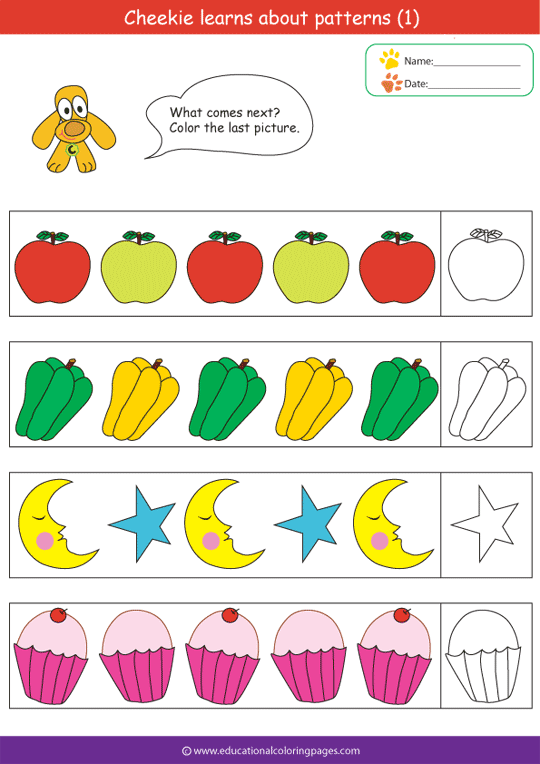 Then (in measures 22-24, 31-32) two voices lead the melody: the upper "violin" and the lower "cello". The main climax of the middle part contributes to a greater relief of the sound of the reprise.
Then (in measures 22-24, 31-32) two voices lead the melody: the upper "violin" and the lower "cello". The main climax of the middle part contributes to a greater relief of the sound of the reprise.
The accompaniment in the piece is in the middle voice. It should sound very soft and even. To do this, it is necessary to teach the part of the left hand with both hands in the extreme parts: the left legato leads the lower voice, and the right one, with a small touch on the instrument, performs eighth notes.
The pedal must be taken for each note of the melody, it serves as a means of coloring.
"Sweet Dream" is an excellent material for mastering legato.
22. "Song of the Lark"
"Song of the Lark" - light, clear, as if ringing in the azure music conveys the feeling of awakening spring nature. For children, a lark is a bird above the field, and for a composer it is a symbol of the flight of his imagination, inspiration. This is the enlightenment of the Hero in the "Children's Album". Return in memory to the morning of life, because the lark sings early in the morning. This is a counterweight to "Winter Morning". This piece is the culmination of the whole cycle. The “Song of the Lark” is, as it were, permeated with “bird singing”. This is a picturesque sketch with a bright and joyful mood, and only in the second part, a touch of sadness is heard in the grace of the waltz.
This is the enlightenment of the Hero in the "Children's Album". Return in memory to the morning of life, because the lark sings early in the morning. This is a counterweight to "Winter Morning". This piece is the culmination of the whole cycle. The “Song of the Lark” is, as it were, permeated with “bird singing”. This is a picturesque sketch with a bright and joyful mood, and only in the second part, a touch of sadness is heard in the grace of the waltz.
And so, Lark is a composer, singer and creator himself.
The piece is written in a simple three-part form, chordal accompaniment, with an overtone in the upper voice. The texture of the piece is based on small figures in triplets and grace notes, which are located in the upper register. The continuous chain of grace notes evokes associations with the cheerful chirping of birds.
Working with a student on a positional figure, it is necessary to explain to the student that three sixteenths should be directed to the eighth, rhythmically exactly played and sound clear, crumbly, not crumpled.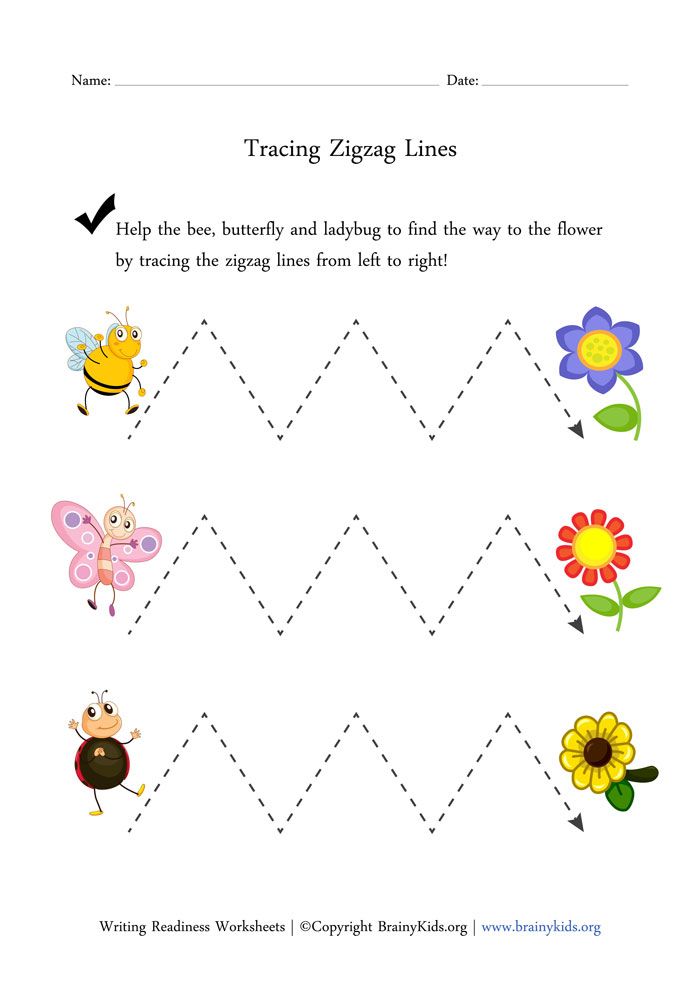
Grace notes must be taught separately so that they sound very clear and loud.
When working on the left hand part, it is useful to play it legato and then in the form of tenacious short chords.
23. "The Organ Grinder Sings"
P.I. Tchaikovsky, remembering Italy he loved with its barrel organ grinders and street singers, wrote the play "The Organ Grinder Sings", which was included in the "Children's Album". This piece is written to the melody of one of the songs, sung by a little Italian girl.
“The Organ Grinder Sings” is a musical picture where a wandering musician with a barrel organ and a monkey sings his songs while traveling around the world, and for the composer it is himself, traveling in his creations around the world.
The play is written in a simple two-part form In the rhythm of a waltz, like the "Italian Song". The melody is light, flows calmly, unhurriedly.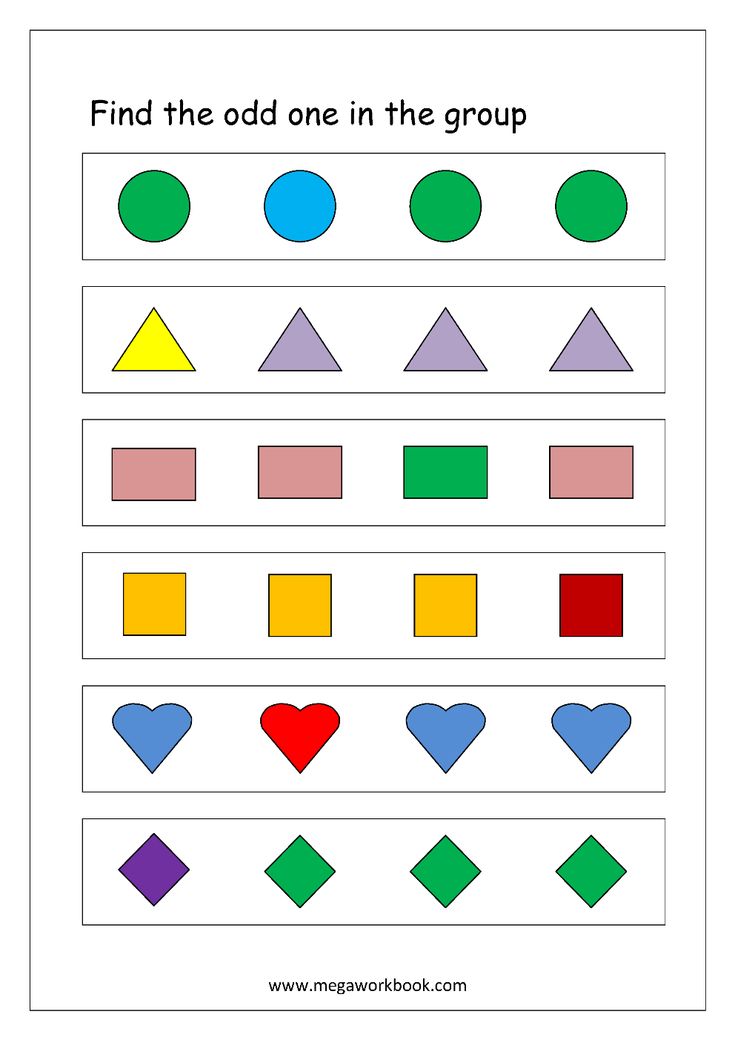 In order for the student to play the initial melodic line without breaking and pushing, he needs to show the rise of the sound wave to the note “mi”.
In order for the student to play the initial melodic line without breaking and pushing, he needs to show the rise of the sound wave to the note “mi”.
The texture becomes more complicated in the second part. The melody and accompaniment are transferred to the right hand, and in the left, on a sustained bass, a monotonous movement of quarters appears (this resembles the uniform movement of an organ grinder's hand). With the student, you need to work more on the expressiveness of the melody and the quiet sound of the accompaniment, which does not drown out the melody.
24. "Chorus"
Tchaikovsky's "Children's Album" begins with "Morning Reflection" and ends with the play "Choral" (in the first edition, both plays had different titles - "Morning Prayer" and "In the Church"). The music of "Morning Reflection" is filled with a bright and serious mood, as if warning that the story about children will go in a serious tone.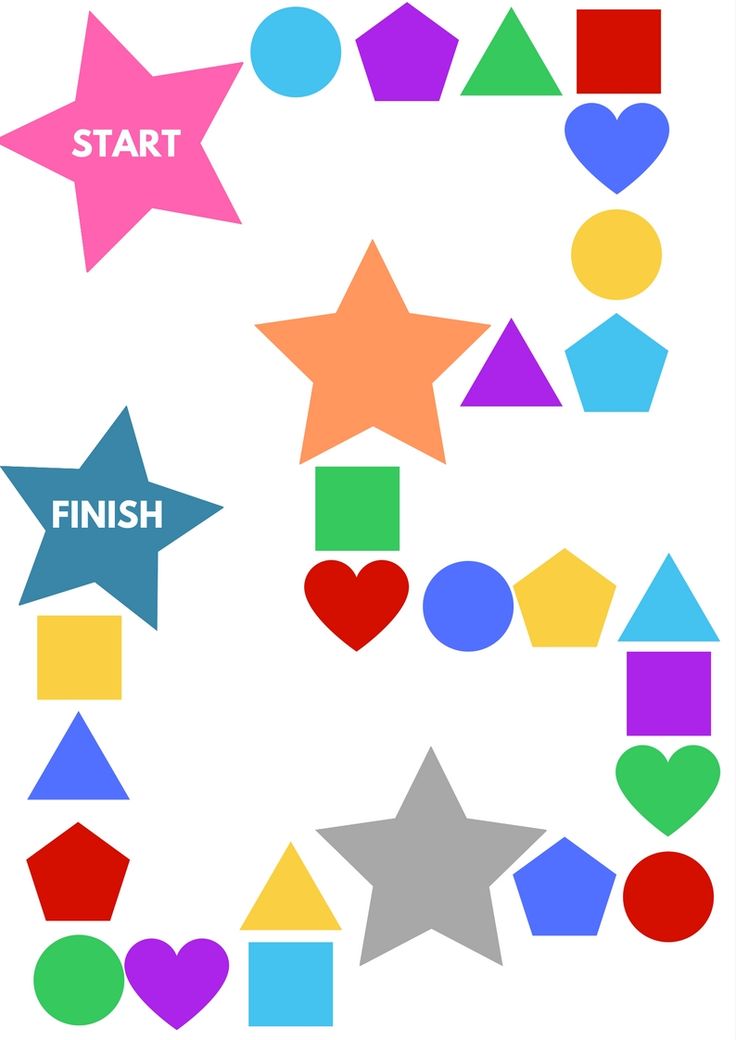 "Choral" sounds more concentrated, harsh, sad.
"Choral" sounds more concentrated, harsh, sad.
Both pieces have a lot in common: a calm, thoughtful character, a texture with elements of polyphony, an extended period form with a large addition on the tonic organ point. They are also brought together by the kinship of keys (G major and E minor). In Chorale, Tchaikovsky refers to the canon of the evening service. This play sounds like a call to seek "the road to the temple." Tchaikovsky addresses children with the hope that any difficulties in life can be overcome. You can get out of life's conflicts with the help of close people - the play "Mother", turning to art - "Waltz", in unity with the people - "Kamarinskaya", and, finally, in your own work - "Song of the Lark".
The play is written in two parts. The character of the first part is concentrated in depth on the earth. Accordion texture. You need to work with the student on the harmony of the chords, and for this, explain to the child that it is necessary to highlight the upper voice and bass in the chords.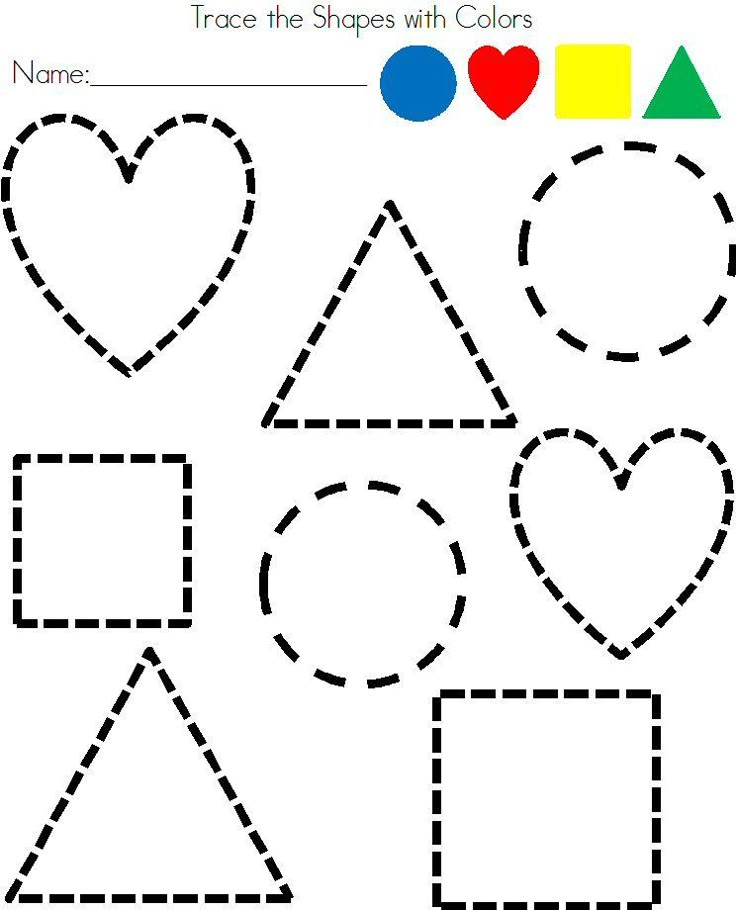
In the second part, the chords are written in a high register, and the basses on the tonic organ point (sound "sol") sound more tense (symbolizes the inexorably passing time).
The music of this piece is reminiscent of the church canon "Lord, have mercy ..." The pedal is delayed (it is advisable not to take it to the bottom).
III . Conclusion.
Subtle semantic connections existing between the extreme pieces of the collection "Morning Prayer" and "In the Church" (titles in the first edition) contribute to the compositional harmony and completeness of the "Children's Album". His 24 plays are like a sketch of the colorful impressions of the day.
"Children's Album" is aimed at both the formation of the performer and the education of the personality of the child. Works that are understandable for children are guides to "adult" music.
Tchaikovsky's "Children's Album" is the first Russian piano collection written especially for children.
"Children's Album" is included in the golden fund of world musical literature for children.
In one of his letters, P. I. Tchaikovsky wrote: “Art is equally capable of touching the soul of both a child and an adult, therefore the path to art to creativity becomes the theme of the Children's Album. Through the "Children's Album" we received brilliant samples of plays - both musical and educational material for children, but also wise life lessons for all of us.
IV . Literature
1.B. Asafiev Russian music about children and for children // Selected Works, vol. IV. M.: Academy of Sciences of the USSR, 1955
2.P.I. Tchaikovsky Letters to relatives. Favorites. M,: Muzgiz, 1955
3.A.D. Alekseev History of piano art M.: Muzyka 1988.
4. A. Alshvang P. I. Tchaikovsky - M: Muzgiz, 1959.
5. GGNeigauz "Notes of a teacher". M., 1961; 1982.
GGNeigauz "Notes of a teacher". M., 1961; 1982.
6.G.Dombaev P.I. Tchaikovsky. in materials and documents. Moscow: Muzgiz, 1958g.
7.PI Tchaikovsky "Children's Album" - a piano cycle of 24 pieces. Moscow "Music" 1981
21
MBDOU "Kindergarten No. 28" - Distance kindergarten
- home
- Information about the educational organization
- Features of the organization of the educational process
- Admission of citizens to study at preschool
- Anti-corruption
- News
- Our kindergarten
- Our achievements
- Photo album
- Security Page
- Summer wellness work
- Federal Service for Supervision of Communications, Information Technology and Mass Communications
- Information on how to activate user accounts of the Unified Portal of State and Municipal Services
- Processing of personal data
- Consulting point for the provision of methodological, psychological and pedagogical, diagnostic and advisory assistance to parents (legal representatives) of children
- Sanitary and epidemiological rules and regulations
- Federal project for the development of personal potential with the support of the Sberbank Charitable Foundation "Contribution to the Future"
- Innovation activity
- Distance kindergarten
Important: About the dangers of using SNUS!
Information materials on the prevention of the use of smokeless nicotine-containing products:
Materials developed by Rospotrebnadzor for the Nizhny Novgorod region.
You can send information about the facts of the sale of such products to the e-mail of the Rospotrebnadzor for the Nizhny Novgorod Region [email protected] (place of sale with an indication of the address point, labels from the products).
Portal "Raising children.rf"
About the inadmissibility of illegal fees!
MONO letter dated November 19, 2019 "On illegal fundraising in educational organizations"
educational organizations"
Current Information:
Results of an independent assessment of the quality of educational activities
Unified register of sites containing prohibited information
Safe Kids Sites:
May
Week 3 "I love you, my city"
- 905 Tchaikovsky https://yandex.
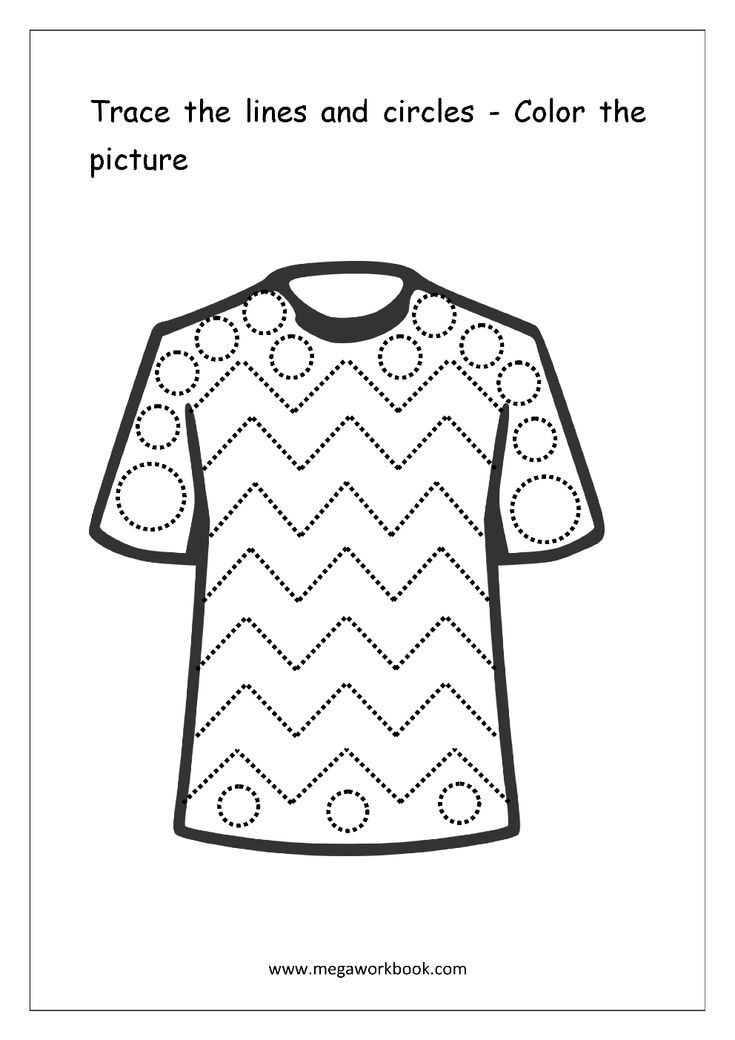 ru/video/preview/?filmId=118
ru/video/preview/?filmId=118- 123396171770&text="song+lark"+p.i.+tchaikovsky+children+album&path=wizard&parent-reqid=1589547527748485-49434678344102301760 vla-web-yp-53&redircnt=1589547534.1 listen to a play, talk about the nature of music, about who a lark is and how he sings, read poems about spring and a lark
- "Lark" by M. Glinka https://ru357.iplayer.info/q/lark+glinka/ - listen to the romance, talk about the content and nature of the music
- "Kindergarten" by A. Fillipenko https://x-minus.me/track/233111/kindergarten-meets, "Song of Friends" by V. Gerchik https://x-minus.me/track /198941/song of friends-2
- "Spring song" G. Frida https://x-minus.me/track/288373/song-about-spring - to sing familiar songs.
- “Oh, the hoop has burst” (uk. nar. mel.) – perform free dance.
- Musical game “What are they doing in the house?” https://yandex.
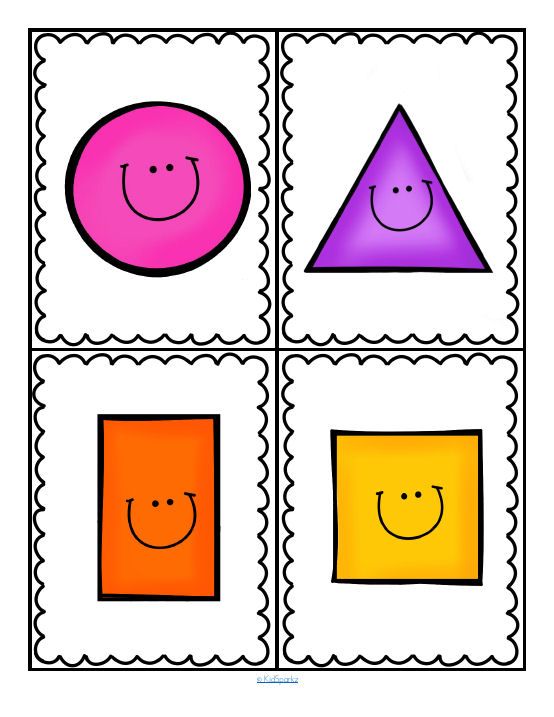 ru/video/preview/?filmId=4305999579695338479&path=wizard&text=video+musical+didactic+games+for+preschoolers+download+free
ru/video/preview/?filmId=4305999579695338479&path=wizard&text=video+musical+didactic+games+for+preschoolers+download+free - Watch the video clip "City of Dzerzhinsk" https://www.youtube.com/watch?time_continue=81&v=wjE0_sSlRZM&feature=emb_logo - talk with the child about our city, favorite places and sights, talk about the celebration of the anniversary of our city
4th week "Summer is coming"
- "What color is summer?" M. Partskhaladze https://hotplayer.ru/?s=what%20color%20summer - listen to the song, talk with the child about the content of the song, changes in nature, the colors of summer. Read poems, riddles about summer and summer months. Ask the child to remember the songs learned in kindergarten during the school year and arrange a small concert.
- "Kindergarten" A. Fillipenko https://x-minus.me/track/233111/kindergarten-meets, "Song of friends" V. Gerchik https://x-minus.
